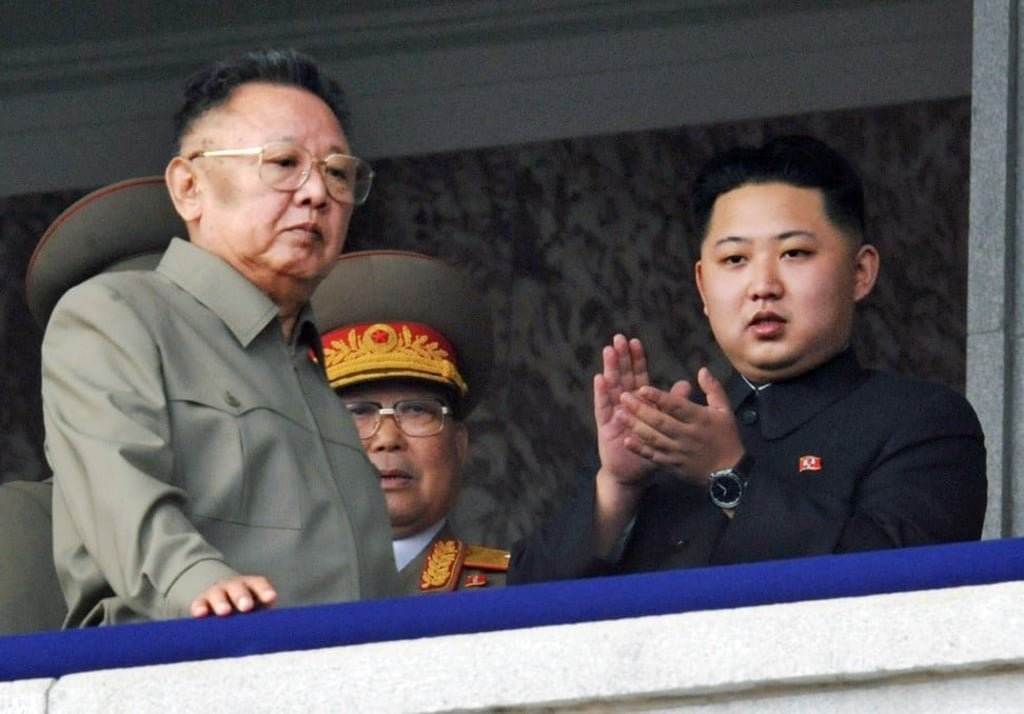Review | The Great Successor: Kim Jong-un biography follows North Korean leader from awkward teen to elusive dictator
- Anna Fifield digs deep into the dictator’s early life, speaking with former classmates and others
- She paints picture of a calculated and ruthless ruler whom many dismissed when he first succeeded his late father

The Great Successor: The Divinely Perfect Destiny of Brilliant Comrade Kim Jong-un by Anna Fifield, pub. Hachette. 4/5 stars
As Washington Post journalist Anna Fifield writes in The Great Successor: The Divinely Perfect Destiny of Brilliant Comrade Kim Jong-un, an ambitious biography, the North Korean leader has spent most of his life behind the curtain of the world’s most secretive regime. He only came to wide attention in 2009, when, at the age of 25, he was formally introduced to the country’s elite as his father’s successor.

Kim grew up in walled compounds behind five-metre-high iron gates, with enormous playrooms filled with “more toys than any European toy store”, soundproofed cinemas and kitchens loaded with French pastries, smoked salmon and pâté. This at a time when many North Koreans were starving. There were gardens “so large that they called them parks, with artificial waterfalls running into artificial lakes”.